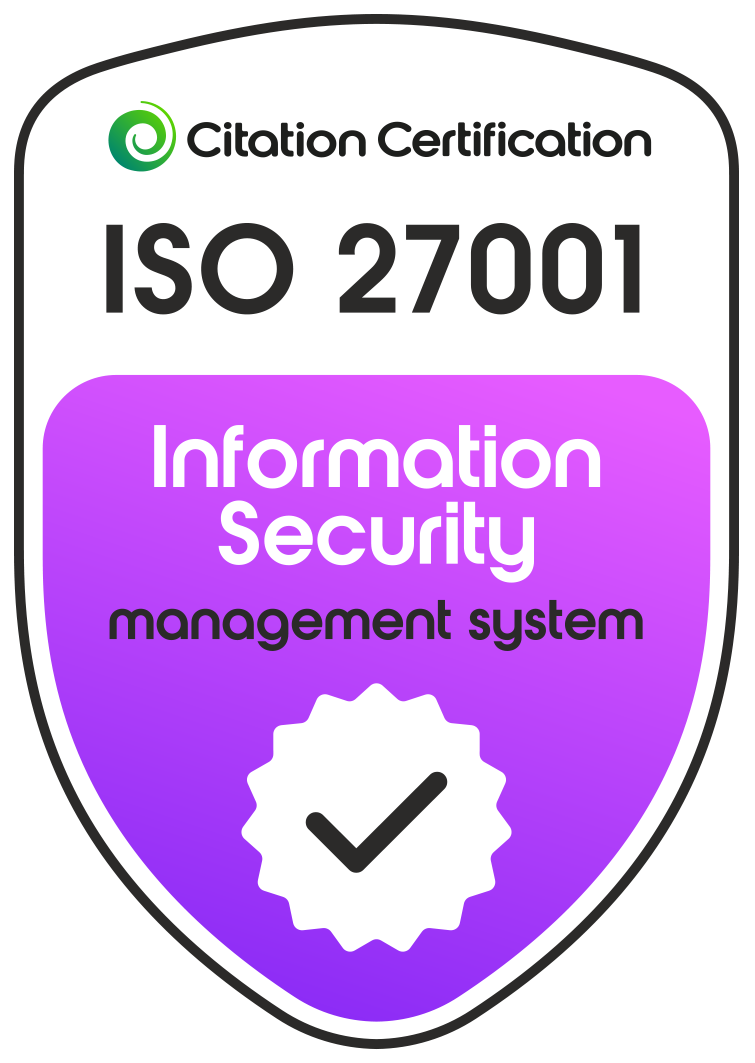Tailored strategies for uninterrupted business operations
Excite Cyber’s comprehensive Business Continuity and Disaster Recovery (BCDR) Planning Services are tailored to equip organisations with robust, resilient strategies to ensure continuous operations and quick recovery from disruptions.
We offer two distinct frameworks for developing your BCDR plan: the ISO 22301 Business Continuity Management System and the NIST SP800-34 Contingency Planning Guide. Both frameworks provide a structured approach, but they cater to different needs and compliance requirements.

Who Needs This Service
Organisations seeking to establish or enhance their business continuity and disaster recovery strategies can choose between ISO 22301 for a globally recognised business continuity focus or NIST SP800-34 for a more IT-centric, auditable standard, particularly if compliance with U.S. federal requirements is a priority.

What We Deliver
Offers a global benchmark for business continuity management, emphasising a proactive risk management process. Ideal for organisations seeking an internationally recognised and auditable standard.
Provides a flexible approach to contingency planning, focusing on IT systems recovery. This is particularly relevant to U.S. federal agencies and contractors.
The Benefits to Your Business
Enhanced Resilience
Strengthen your organisation’s ability to withstand and recover from unexpected events.
Compliance and Best Practices
Align with industry standards to meet regulatory requirements and implement best practices.
Strategic Risk Management
Develop a comprehensive understanding of potential risks and deploy effective mitigation strategies.
Case Study: FSI and Aged Care/Retirement Living - Disaster recovery planning and playbook creation
Excite Cyber has worked with clients in multiple industries such as FSI and Aged Care & Retirement Living where our approach to Disaster Recovery (DR) and Business Continuity Planning (BCP) involved a systematic series of steps.
Initially, we focused on the development of a comprehensive BCDR policy (Business Continuity and Disaster Recovery). This policy served as the foundational framework that guided subsequent activities.
Following this, we conducted a thorough Business Impact Analysis (BIA) to identify critical functions and assets, ensuring that our planning aligned closely with the organisation’s priorities.
The subsequent stages involved creating detailed DR and BCP processes and guidelines, developing and maintaining an incident response plan, and implementing regular backup and testing procedures to validate the effectiveness of our strategies.
To further bolster our DR capabilities, we engaged a third-party to provide cold site facilities during Disaster Recovery. We also prioritised proactive measures by conducting BCP and DR tabletop exercises, facilitating parallel testing of the DR infrastructure.
Throughout this process, communication plans for both internal and external stakeholders were established to ensure seamless and efficient information dissemination during a disaster. Our strategic sequencing, with policy development preceding the BIA, reflected our commitment to a robust and well-structured approach to safeguarding clients’ continuity and resilience.
About Excite Cyber
We are cyber, technology and business experts who asked ourselves, what would the world look like if you could be truly fearless with your business, and what if the very best cyber expertise could be integrated into robust, outcome-focused technology solutions?
Our approach is to be deeply consultative and deliver pragmatic and strategic services that work for your business. With an uncompromising approach to cyber security, we deliver solutions that will get you excited about the potential for technology all over again.

Our Latest Perspectives

How to best address remote working risk in the Australian energy sector
The status of remote working is an interesting and dynamic one. On the one hand, employees do appreciate the flexibility and potential for work-life balance,

“Human Error” Continues To Plague Cyber Security Efforts… Can More Be Done?
Most data breaches have nothing to do with hackers coding in the sinister darkness somewhere, as Hollywood likes to portray. In fact, the latest Australian

How AI Can Enhance Cyber Security For The Energy Sector in Australia
You only need to look at what happened in the US when the Colonial Pipeline was taken down via a cyber attack to understand why

Get Started with Excite
We are ready to collaborate with you every step of the way to protect your business and enable you to benefit from decades of experience in providing managed services.
To get started, schedule a complimentary call using the form below today.

Frequently Asked Questions
The choice between ISO 22301 and NIST SP800-34 frameworks depends on your business’s focus and compliance requirements. ISO 22301 is ideal for those seeking a globally recognised business continuity standard, while NIST SP800-34 is suited for organisations prioritising IT systems recovery and U.S. federal compliance.
Absolutely. We have a proven track record of delivering tailored BCDR strategies across various industries, including Financial Services and Aged Care. Our consultative approach ensures that your BCDR plan aligns with your industry’s standards and best practices.
Best practice suggests that a DR plan should be tested at least annually. However, the frequency can increase depending on the organisation’s size, complexity, and changes in technology or business operations. Regular testing helps identify gaps in the plan and ensures that all team members are familiar with their roles during an actual disaster.
Yes, having robust BCDR plans can potentially reduce insurance premiums. Insurers often consider the level of risk management when determining premiums. Organisations with effective BCDR plans pose a lower risk, as they are better prepared to handle disruptions, which can lead to more favourable insurance terms.

